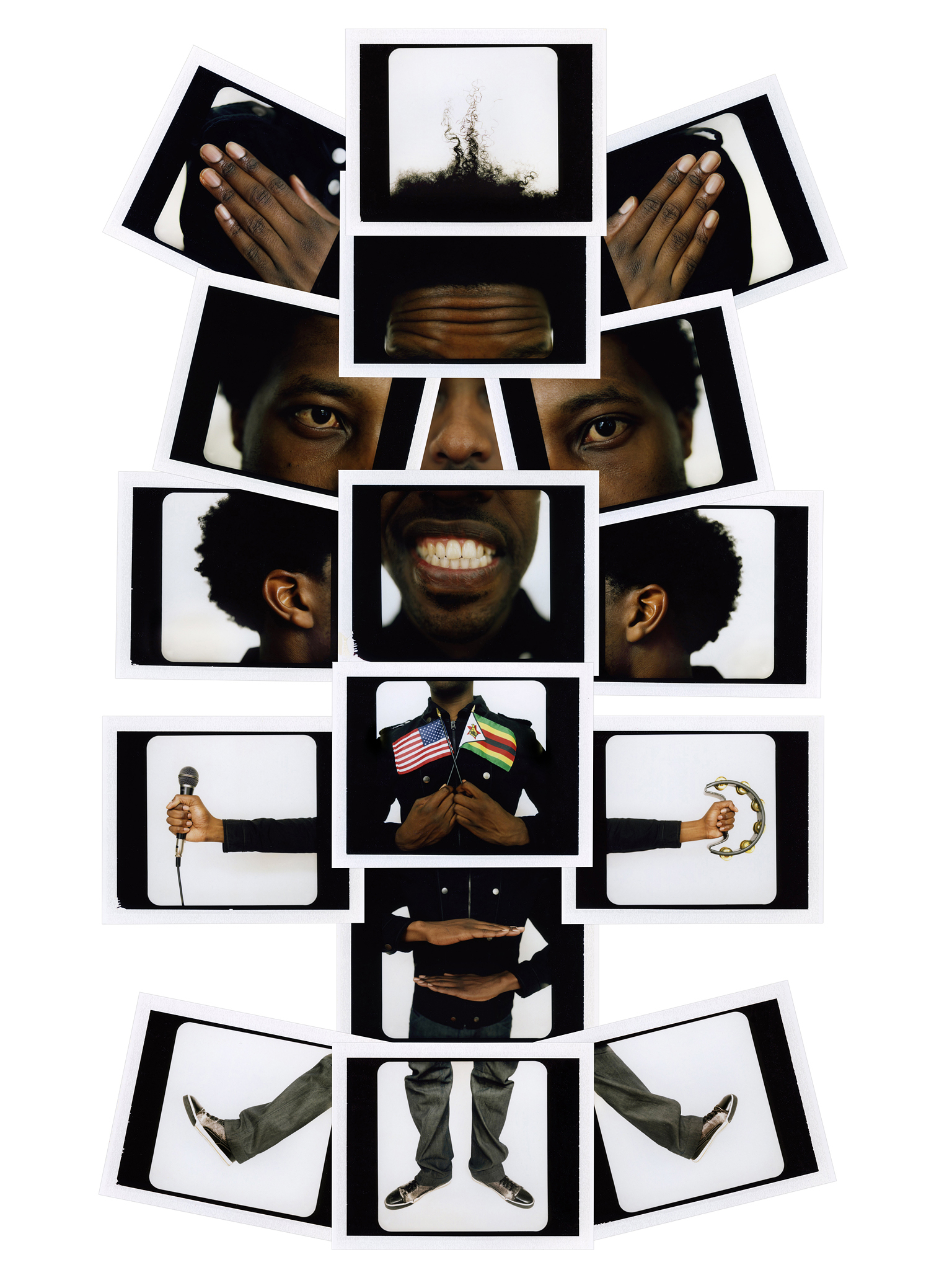Instant Print Composite, by Joshua Yospyn
Image Source: http://yospyn.com/#/portraits/instant-film/vaki17
Two ideas came together for me this morning. The first is that I read an article about Ray Metzker on the New York Times' blog "Lens." This piece makes the point that Metzker has stuck with the development and evolution of his style over the course of decades. He was firmly in the class of modernist photographers during his relative youth, and eventually developed a completely new style in making single-image composites, sometimes from whole rolls of film. He refuses to go backwards, shoot in his previous styles, just to sell prints.
For an example of his composite photography, (Click Here) and scroll down to the third image.
Now, the Lens piece contrasts Metzker's focused concentration with today's whipping boy, the iPhone and instant gratification. I do understand the point that in many ways "serious" photography is giving way to amateurs pointing their phones at something and instantly uploading the results. For example, (Click Here) to read about the Chicago Sun-Times firing all of their photographer staff. Not cool.
The second idea came from attending a photo critique at the Washington, DC Leica Store yesterday. Our main speaker was Joshua Yospyn, who among other things, is making very interesting unique pieces of art like the one above from instant photographs (Polaroids in this case).
Joshua is a Washington, DC-based photographer. (Click Here) to go to his website.
I've been playing with an old pack film Polaroid myself. (Click Here) to see a few of my own Polaroid images.
So, maybe we're kind of missing the point. It's not the technology that's causing the problems. Instant gratification has been around a long time. It's the fact that we need photographers to step up and use the technologies to make even better photographs. This is not all about reporting on riots or demonstrations. As Joshua shows, in addition to being instant, Polaroids provide a tangible artifact, a real print. He assembles them and displays them under a sheet of acrylic. They are real works of art. You could do similar things with quick prints from iPhone images as well. I'm sure the Polaroid camera optics are much better, though.
But the real point is not prints versus electronic images. It's that if iPhones and Smartphones put instant photography at the hands of amateurs, just think what a truly skilled photographer can do with them. We can keep our Leicas, Nikons, or Canons, too. But I think we should challenge ourselves to put the benefits of our concentrated effort into new situations, including different, even instant, technologies.
DMC-365.blogspot.com

Your distinction between "amateurs" and "skilled photographers" comes off as dubious and condescending. It makes it sound like owning other cameras is a necessary criteria to differentiate the two.
ReplyDeleteDear Anonymous - perhaps "amateurs" was a poor choice of words. I am an amateur. Certainly not meant to be condescending. But, do you disagree that smart phones have put cameras into the hands of many people who aren't primarily motivated by making great images?
ReplyDeleteReed
DMC-365.blogspot.com